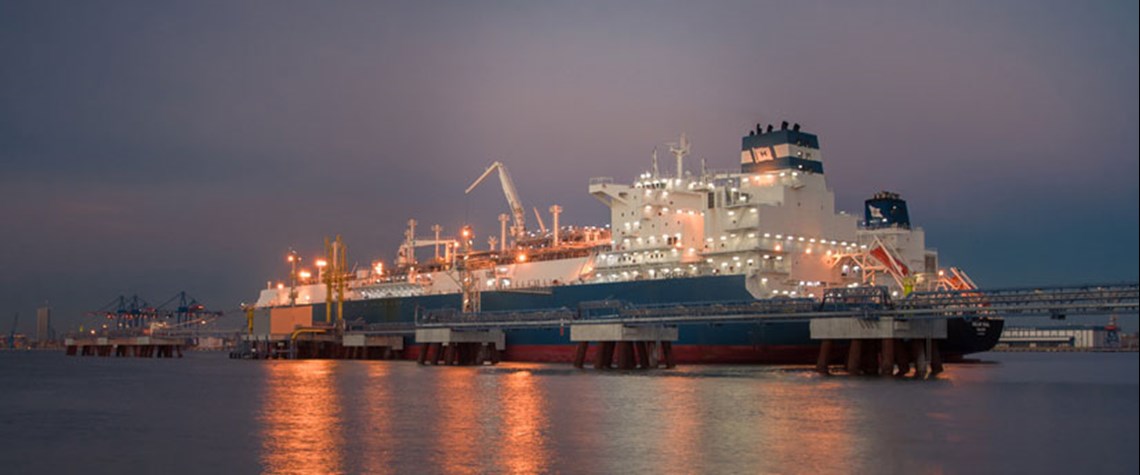New LNG markets prove tough nuts to crack
Floating storage and regasification has reduced entry barriers for aspiring LNG importers. But opening up a new market remains a tricky business
Most of the growth in LNG trade over the coming decades will be in Asia-Pacific. Imports into China are set to double and deliveries to South Asia to triple. However, the fastest-growing region will be Southeast Asia, according to Shell’s latest long-term LNG Outlook. It predicts that imports into the countries of the Association of Southeast Asian Nations (Asean) will grow by a staggering 553pc from 15mn t in 2020 to 98mn t in 2040. “Growth in demand is expected to come mainly from emerging markets and new entrants to the industry, such as the Philippines and Vietnam, who are only just starting to build the infrastructure needed to import LNG,” says Maarten Wetselaar, director of Shell’s In

Also in this section
18 April 2024
The Norwegian energy company is concentrating its efforts on specific regions and assets that meet strict cost and carbon criteria
17 April 2024
Uzbekistan and Kazakhstan provide opportunities after Europe turns it back, while also offering another gateway to China
16 April 2024
Commentators need to shake off the myths of the past, with rising oil prices a boon for US economy
15 April 2024
Though hampered by methane concerns, US LNG has a crucial role to play for European and Asian energy security, US economic needs and the energy transition drive







